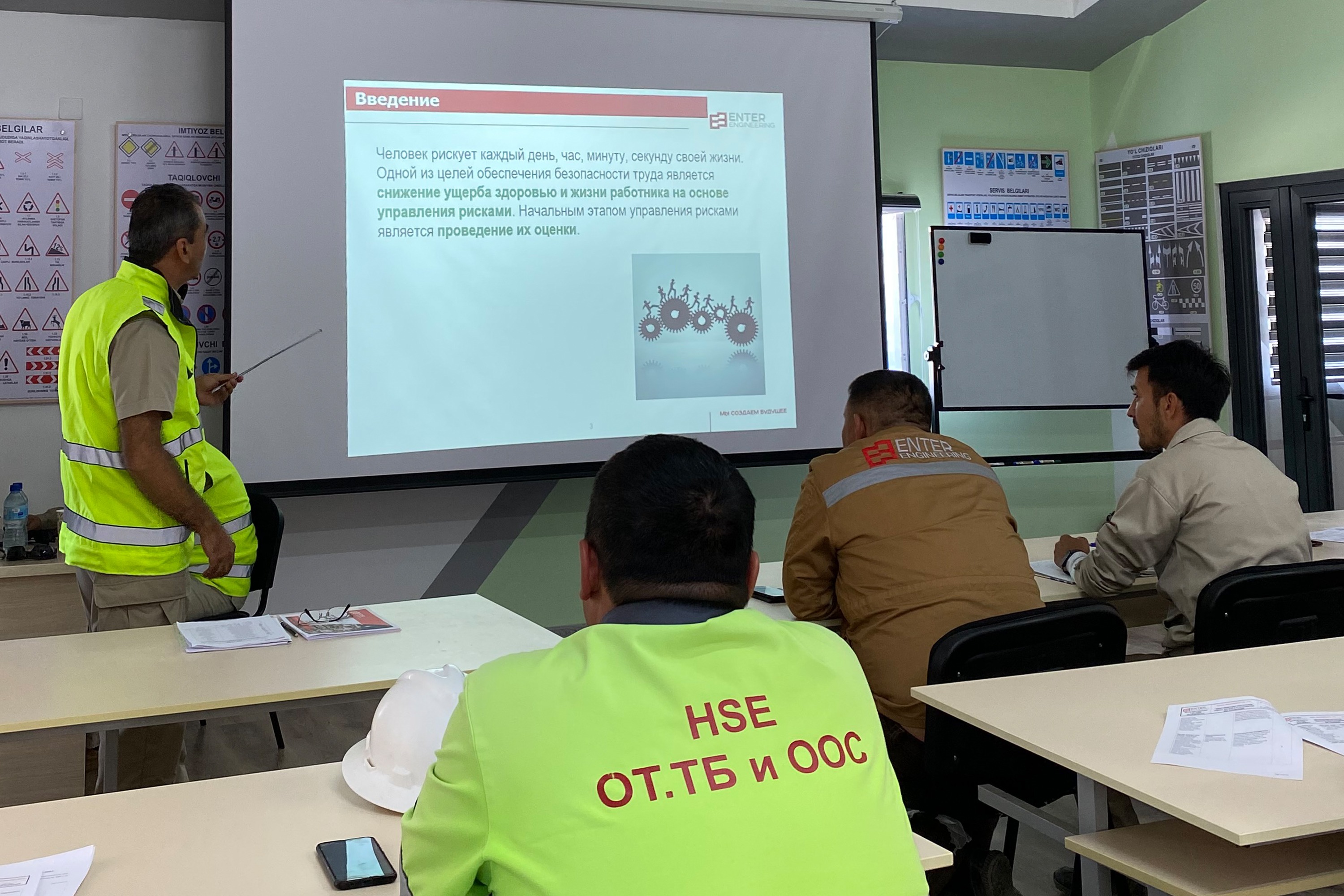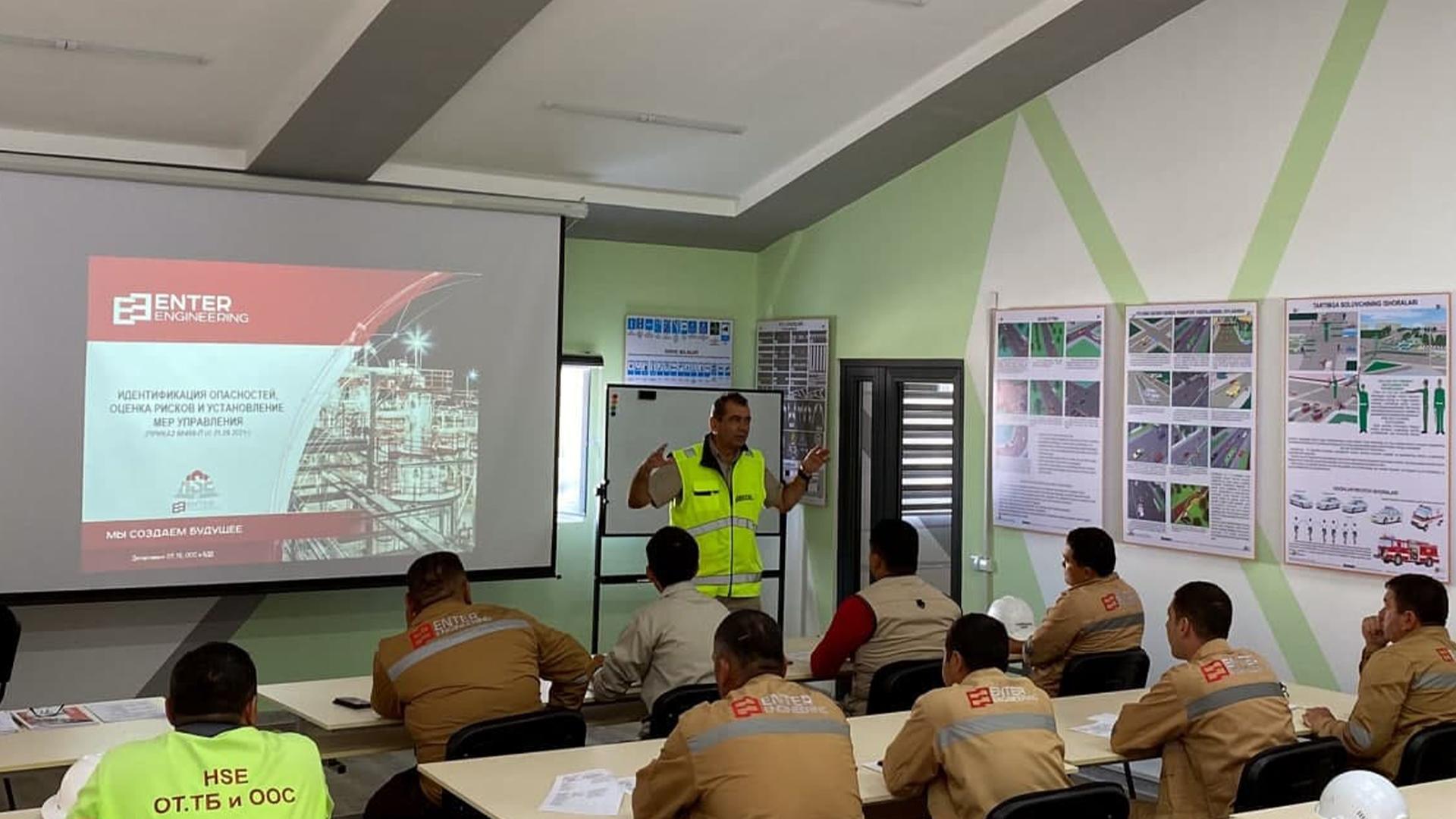Let's start by looking at the definitions.
Hazard identification is the process of detecting, identifying and recognizing hazardous and harmful occupational factors and establishing their quantitative, temporal, spatial and other characteristics necessary and sufficient to develop preventive measures (preventive and corrective actions) that ensure occupational safety in project implementation.
Risk assessment is the process of determining the likelihood of the occurrence of risk factors, i.e. certain events or situations that may adversely affect the development of the project and the achievement of planned results.
The company's production activities involve a number of risks and hazards that directly affect human health, the environment and its reputation. In order to successfully implement projects according to Enter Engineering's Zero Accident concept, there is a critical need not only to identify hazards and assess risks, but also to develop corrective actions and communicate them to each employee. In this regard, the HSE Department has developed a hazard identification and risk assessment procedure and defined their control/management measures in line with international requirements and standards such as ISO and OHSAS.
Historically, it requires the procedure developers a great deal of effort to refine/finalize the procedures into a desired format and the end-users to fully comprehend them in order to effectively implement the procedures of any nature in real life. Often most procedures, due to the large amount and flow of information, remain either partially implemented or not fully understood by the process participants. One of the effective methods of implementing the HSE procedures chosen by the HSE Department is to identify all participants in the process, conduct theoretical training sessions directly at the Enter Engineering facilities with mandatory practical revision.

With this approach, which is expected to yield results, the HSE Department initiated and conducted the first training session on the above procedure at the CCP-3 project (AMMC). This project was chosen first due to the fact that it started rather recently and the process of hazard identification and risk assessment is very important in the initial stages of the project and will be re-initiated during the transition from one project phase to the next.
The venue for the training event was unconditionally chosen by the Innovative Training Centre of the project, which provided all the necessary conditions for a successful event. Participants of the training were representatives from Enter Engineering's departments involved in the project and responsible for both personnel and company assets. The trainees were given a detailed explanation of the risk identification and assessment procedure, a hazard checklist and risk assessment forms using a three-color matrix (probability scale).
The next facility where the procedure will be implemented by the company's HSE Department will be projects in the Samarkand region, which have a high concentration of personnel and special construction equipment, and hence the hazards and risks.

